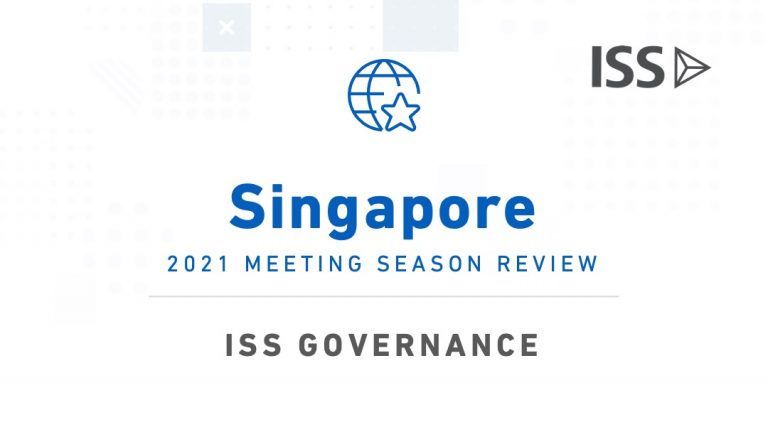Below is an excerpt from ISS Corporate Solutions recently released paper “China’s Net Zero Strategies.” The full paper is available for download from the ISS Corporate Solutions (ICS) online library.
China was one of the 175 countries that committed to a more ambitious net zero target framework, based on the 2015 Paris Agreement, at the 2021 United Nations Climate Change Conference (COP26).
However, the country will need to make profound changes in its energy mix and governance to reach those lofty goals and achieve carbon neutrality before 2060. To reach its target, China needs to slash its annual greenhouse gas emissions to 2.6 billion tons of CO2 equivalent before 2060 from a total of 10 billion tons in 2020.
This whitepaper examines the climate strategies adopted by China. A strong and clear message from the central government has achieved significant progress in renewable energy development and technological advancement. However, a large-scale power outage in October 2021 exposed the fragility of its power systems and raised questions about energy security.
- Growing concern about energy security may accelerate energy transition in the world’s largest producer and second-largest consumer of fossil fuels.
- Decisions are usually made at the central government level and implemented in a top-down manner.
- Just 4% of CSI 100 index companies have disclosed targets for reducing GHG emissions.
By: Noel Lam, Associate ESG Advisor
Stephan Stegmueller, Executive Director, Head of Advisory & Client Services, EMEA
Pablo Hijano Ruiz, Vice President, EMEA/APAC ESG Advisory
Everitt Newton, Associate Vice President, ESG Advisory




